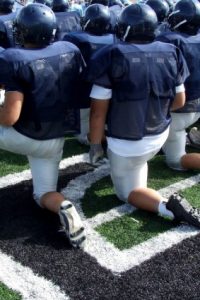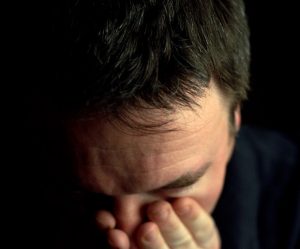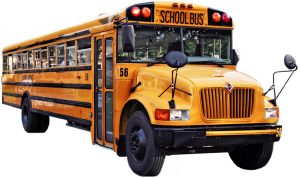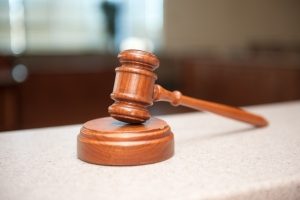The Florida Highway Patrol is starting a new effort to solve hit-and-run crash cases and compel drivers involved in collisions to remain on scene. 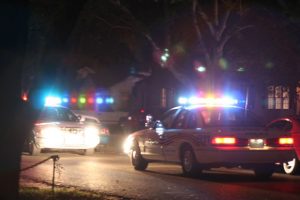
It’s a major problem in the Sunshine State, where more than 99,000 hit-and-run accidents were reported just last year. That is fully one quarter of the total number of crashes, law enforcement officials say. Yet it only accounted for 15,900 of the charges filed last year. Mostly, that’s because the at-fault driver(s) took off and were never found.
In Broward County alone, the Sun Sentinel reports, 14 people were killed and 119 injured in the approximately 12,000 hit-and-run crashes in 2016. Palm Beach County officials, meanwhile, logged 8,000 hit-and-run crashes there resulting in a dozen deaths and 102 injuries. In Miami-Dade County, it was reported there were 19,000 hit-and-run crashes resulting in 20 deaths and nearly 150 injuries. Continue reading
 Broward Injury Lawyer Blog
Broward Injury Lawyer Blog



